Home>Articles>What Light Bulb Color Is Best For A Living Room
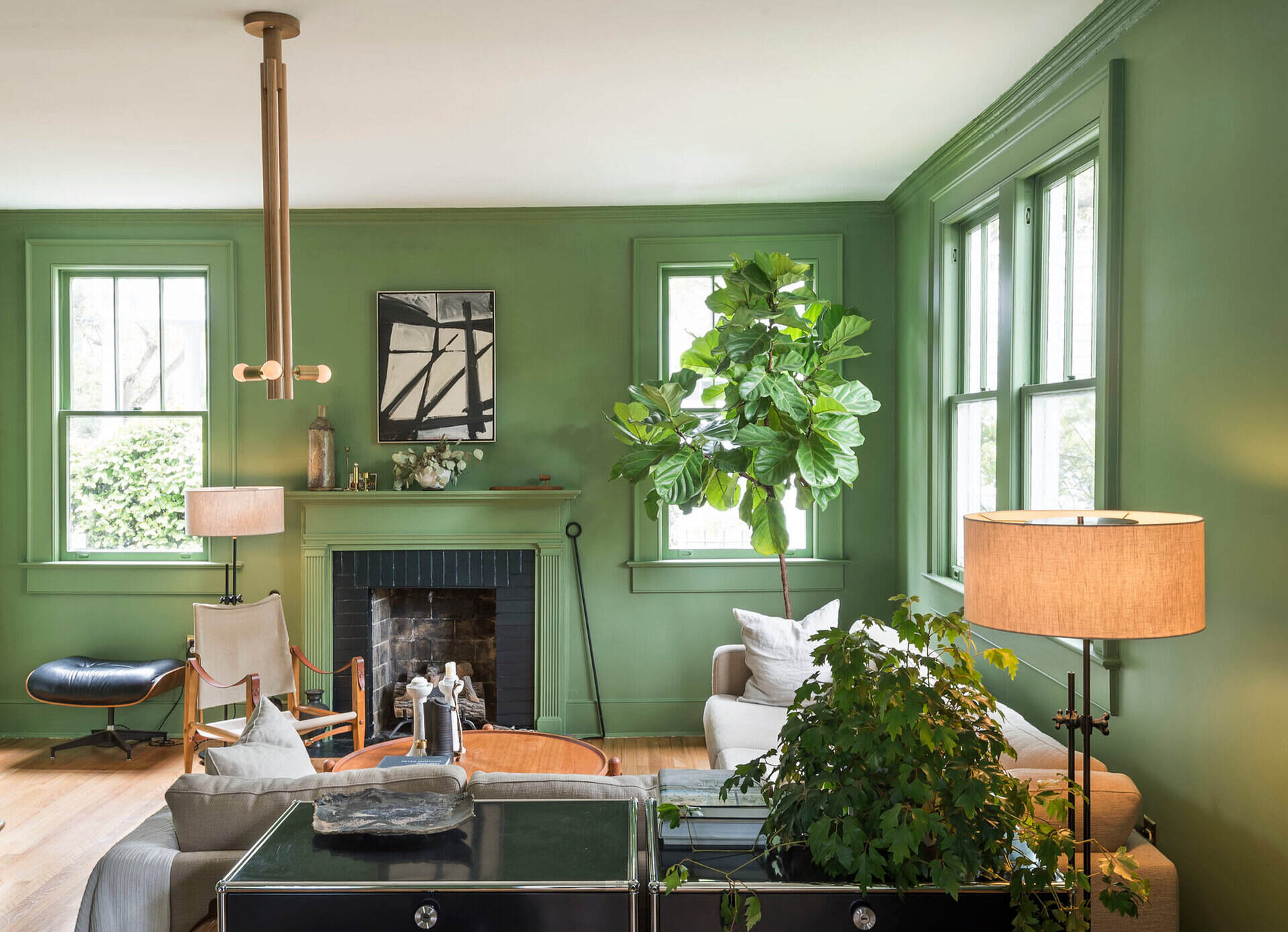

Articles
What Light Bulb Color Is Best For A Living Room
Modified: October 19, 2024
Discover the best light bulb color for your living room. Read our informative articles full of tips and insights to create the perfect ambiance.
(Many of the links in this article redirect to a specific reviewed product. Your purchase of these products through affiliate links helps to generate commission for Storables.com, at no extra cost. Learn more)
Introduction
Choosing the right light bulb color is an essential aspect of creating the perfect ambiance in your living room. The color of the light emitted by your bulbs can significantly impact the atmosphere and mood in the space, making it a crucial factor to consider when designing and decorating your living room. Whether you’re looking for a cozy and comforting environment or a bright and lively atmosphere, understanding the different light bulb colors and their effects can help you achieve the desired ambiance in your living room.
In this article, we will delve into the importance of light bulb color in a living room and explore the various factors to consider when choosing the best color. We will also discuss the different light bulb colors and their effects on the atmosphere, including warm, cool, and natural light bulbs. By the end, you will have a comprehensive understanding of how to select the ideal light bulb color for your living room.
Key Takeaways:
- The choice of light bulb color in your living room can significantly impact the atmosphere, mood, and overall aesthetics of the space, catering to your unique needs and preferences.
- Consider factors such as functionality, color temperature, personal preference, and fixture compatibility when choosing the best light bulb color for your living room, ensuring that it enhances the overall ambiance and meets your specific needs.
Read more: What Light Bulb For Living Room
Importance of Light Bulb Color in a Living Room
The color of light has a profound effect on our emotions, mood, and overall well-being. In a living room, where we spend a significant amount of time relaxing, entertaining, and bonding with family and friends, the choice of light bulb color can greatly impact the atmosphere and enhance the overall experience.
One of the key considerations when selecting light bulb color is the purpose of the living room. If your living room is primarily a space for relaxation and unwinding after a long day, you may want to opt for warmer light bulb colors. Warm light, similar to the glow of a cozy fireplace, creates a relaxing and comforting environment that promotes relaxation and serenity. It can help create a soothing ambiance, perfect for enjoying a good book or having a peaceful conversation.
On the other hand, if your living room is a vibrant social space, where you often host gatherings or engage in lively activities, you may prefer cooler light bulb colors. Cool light, reminiscent of natural daylight, has a more energizing and invigorating effect. It can make the room feel brighter, more spacious, and conducive to socializing and engaging in activities that require focus and alertness, such as game nights or lively conversations.
Light bulb colors also play a crucial role in highlighting the overall aesthetics of your living room. The right color can enhance the beauty of your furniture, artwork, and décor, while the wrong color can make the room feel dull and lifeless. By carefully selecting the light bulb color, you can create a harmonious and visually appealing living room that reflects your personal style and enhances the overall ambiance.
Additionally, light bulb color can impact our sleep-wake cycle, also known as the circadian rhythm. Research has shown that exposure to bright, cool light in the evening can disrupt our sleep patterns and make it more difficult to relax and fall asleep. Choosing warmer light bulb colors in the living room during the evening hours can help signal to our bodies that it is time to wind down and prepare for restful sleep.
In summary, the choice of light bulb color in your living room is more than just a matter of personal preference. It has the power to shape the atmosphere, affect our mood, and enhance the overall aesthetics of the space. By understanding the importance of light bulb color and considering the desired purpose of your living room, you can create a warm, inviting, and visually stunning environment that caters to your unique needs and preferences.
Factors to Consider When Choosing Light Bulb Colors
When selecting the appropriate light bulb color for your living room, there are several factors to consider to ensure you achieve the desired atmosphere and meet your specific needs. Taking these factors into account will help you make an informed decision and create a lighting setup that complements your living room perfectly.
- Functionality: Consider the primary function of your living room. Is it a space for relaxation, productivity, or entertainment? Different light bulb colors serve different purposes. Warm light is conducive to relaxation, cool light fosters focus and productivity, while natural light recreates the illumination of daylight.
- Color temperature: Light bulb colors are measured in Kelvin (K), which indicates the color temperature. Warmer colors, such as those around 2700K to 3000K, emit a cozy and soothing light, while cooler colors, around 5000K to 6500K, produce a bright, energetic light. Choose a color temperature that aligns with your desired atmosphere.
- Lumens: Lumens measure the brightness of a light bulb. Consider the desired level of brightness for your living room. A higher number of lumens will create a brighter space, while a lower number will result in a more subdued and intimate ambiance.
- Fixture compatibility: Different light fixtures may have specific requirements for the type of light bulbs they can accommodate. Make sure to check the compatibility of the light bulb color with your fixtures to ensure they are compatible and provide the desired lighting effect.
- Energy efficiency: Consider the energy efficiency of the light bulbs you choose. LED bulbs are known for their energy-saving benefits and are available in various light bulb colors. Opting for energy-efficient bulbs not only reduces your environmental impact but also saves you money on electricity bills.
- Personal preference: Ultimately, your personal preference plays a significant role in selecting the light bulb color for your living room. Think about the ambiance you want to create and the emotions you want to evoke when spending time in the space. Trust your instincts and choose a color that resonates with your taste and style.
By considering these factors, you can narrow down your options and find the perfect light bulb color that aligns with your living room’s purpose, desired atmosphere, and personal preferences. Taking the time to make an informed decision will ensure that your living room is beautifully illuminated and enhances the overall experience for you and your guests.
Different Light Bulb Colors and Their Effects on the Atmosphere
Light bulb colors can significantly affect the atmosphere and mood in your living room. Understanding the different light bulb colors and their effects can help you choose the right color to create the desired ambiance in your space.
1. Warm light bulb colors: Warm light bulbs emit a soft, yellowish glow that creates a cozy and intimate atmosphere. These colors have a calming effect and are perfect for relaxing in the living room. Warm light bulb colors, typically ranging from 2700K to 3000K on the color temperature scale, can make the space feel inviting and comfortable. They are ideal for creating a warm and welcoming ambiance for activities such as reading, enjoying a movie, or having a quiet conversation.
2. Cool light bulb colors: Cool light bulbs emit a bright, bluish-white light that mimics natural daylight. These colors have a refreshing and energizing effect, making them suitable for areas where you need to stay focused and productive. Cool light bulb colors, ranging from 5000K to 6500K, can make the living room feel vibrant and awake. They are great for activities such as working, studying, or engaging in lively conversations. However, they may be less suited for creating a relaxing atmosphere or winding down in the evening.
3. Natural light bulb colors: Natural light bulbs, also known as daylight bulbs, replicate the illumination of sunlight. These bulbs have a color temperature of around 5000K to 6500K, providing a balanced and neutral light. Natural light bulbs can create a bright and open atmosphere in the living room, making it feel more spacious and airy. They are excellent choices for well-lit living rooms and areas where you want to showcase the room’s colors, artwork, or decorations. Natural light bulbs can help improve focus and create a sense of alertness during the day.
It’s important to note that the desired effect of the light bulb color may vary depending on the specific activity or time of day. For instance, warm light may be suitable for cozy evening gatherings, while cool light may be preferable for daytime productivity. Some light bulbs even offer the option to adjust the color temperature, allowing you to switch between warm, cool, or natural light as needed.
Ultimately, the choice of light bulb color depends on your personal preferences and the atmosphere you want to create in your living room. Experimenting with different colors and adjusting the lighting setup can help you find the perfect combination that enhances the overall ambiance and makes your living room a comfortable and enjoyable space to spend time in.
Warm Light Bulb Colors
Warm light bulb colors emit a soft, yellowish glow that creates a cozy and inviting atmosphere in your living room. These colors, typically ranging from 2700K to 3000K on the color temperature scale, mimic the warm light produced by traditional incandescent bulbs. Choosing warm light bulbs can transform your living room into a comfortable and relaxing space, perfect for unwinding and enjoying leisure activities.
One of the main advantages of warm light bulb colors is their ability to create a sense of warmth and intimacy. The soft golden hues create a soothing ambiance that can make the living room feel cozy and comforting. Warm light bulbs are ideal for creating a relaxed atmosphere for activities such as reading a book, watching a movie, or having a quiet conversation with family or friends.
In addition to enhancing the cozy feel of the living room, warm light bulb colors can also have a positive impact on your mood and well-being. The warm glow creates a sense of relaxation and can help reduce stress and anxiety after a long day. It can also promote a sense of tranquility and contribute to a peaceful environment, which is especially beneficial for creating a cozy retreat in the evenings.
Another advantage of warm light bulb colors is their ability to complement warm-colored décor and furniture. The warm glow harmoniously blends with earthy tones, wooden accents, and warm color palettes, creating a visually pleasing and cohesive living room design. It can also enhance the textures and details in the room, making them stand out and adding depth to the overall aesthetic.
It’s important to note that warm light bulb colors may not be suitable for all activities in the living room. For tasks that require more focus and concentration, such as working, studying, or engaging in hobbies that require attention to detail, it may be more appropriate to use cooler light bulb colors or have the option to adjust the color temperature of the lighting.
Overall, warm light bulb colors are an excellent choice for creating an inviting and cozy atmosphere in your living room. Their soft golden glow can transform the ambiance of the space, making it a welcoming haven where you can unwind, connect with loved ones, and enjoy moments of relaxation. Consider incorporating warm light bulbs to create a soothing and comfortable environment that suits your personal style and brings out the best in your living room design.
Consider using warm white or soft white light bulbs for your living room. These colors create a cozy and inviting atmosphere, perfect for relaxation and socializing. Avoid cool white or daylight bulbs, as they can feel too harsh in a living room setting.
Read more: What Is The Best Color For Living Room
Cool Light Bulb Colors
Cool light bulb colors emit a bright, bluish-white light that brings a refreshing and energetic atmosphere to your living room. These colors, typically ranging from 5000K to 6500K on the color temperature scale, are designed to replicate the illumination of natural daylight. Choosing cool light bulb colors can make your living room feel bright, lively, and invigorating, perfect for activities that require focus and productivity.
One of the main advantages of cool light bulb colors is their ability to mimic natural daylight. This can have a positive impact on your mood and cognitive function, as exposure to bright light can help increase alertness and reduce fatigue. Cool light bulbs are ideal for living rooms where you engage in activities that necessitate concentration, such as working from home, studying, or engaging in hobbies that require visual precision.
The brightness and crispness of cool light bulb colors can make the living room feel more spacious and open. The cooler tones can create a sense of cleanliness and clarity, making the room feel fresh and vibrant. It can also enhance the visual appeal of the room, as the bright light brings out the colors and details of your furniture, artwork, and décor.
Cool light bulb colors are particularly suitable for living rooms that receive less natural light or lack windows. By choosing cool light bulbs, you can compensate for the absence of natural daylight and create a bright and well-illuminated environment. The cool light can also counterbalance warm-colored walls or furnishings, bringing balance and adding a touch of modernity to the overall design.
It’s important to note that cool light bulb colors may not be ideal for creating a cozy and relaxing atmosphere in the living room, especially during the evening or nighttime. The bright, energizing light can make it challenging to wind down and prepare for restful sleep. Consider incorporating dimmers or adjustable color temperature options to have more flexibility in adjusting the lighting to match the desired mood and time of day.
Overall, cool light bulb colors offer a refreshing and vibrant atmosphere in your living room. They bring a sense of brightness and clarity, ideal for activities that require focus and productivity. By carefully choosing cool light bulbs, you can create a visually appealing and stimulating environment that enhances your productivity while maintaining a modern and contemporary aesthetic for your living room.
Natural Light Bulb Colors
Natural light bulb colors, also known as daylight bulbs, aim to replicate the illumination provided by sunlight. These light bulb colors typically have a color temperature ranging from 5000K to 6500K. Choosing natural light bulb colors for your living room can create a bright and open atmosphere, bringing a sense of balance and mimicry of outdoor lighting conditions into your space.
One of the key advantages of natural light bulb colors is their ability to provide a balanced and neutral light. These bulbs closely mimic the color temperature of daylight, which can enhance the overall look and feel of your living room. Natural light bulbs create an environment that accurately showcases the true colors of your furniture, artwork, and décor, ensuring that you see them as they were intended to be seen.
The bright and balanced illumination provided by natural light bulb colors can make your living room feel more spacious and airy. The cool, white light can create an illusion of openness and enhance the sense of depth in the room. It can be particularly beneficial for smaller living rooms or spaces with limited natural light, as it helps compensate for the absence of daylight and brings a sense of freshness and vibrancy.
Natural light bulb colors are excellent choices for areas in your living room where you engage in activities that require good visibility and color accuracy. For example, if you have a workspace or an art studio within your living room, natural light bulbs can provide the optimal lighting conditions for tasks that require attention to detail and color precision. Additionally, they can be great for reading or any other activity that benefits from a brighter and more focused lighting environment.
It’s important to note that natural light bulb colors may not be suitable for creating a relaxed and cozy atmosphere during the evening or nighttime. The bright and cool light can be too stimulating and interfere with your body’s natural sleep-wake cycle. Consider incorporating dimmers or adjustable color temperature options to have the flexibility of transitioning from cooler, brighter light during the day to warmer, softer light in the evening.
In summary, natural light bulb colors bring the beauty and benefits of natural daylight into your living room. With their balanced and accurate illumination, they can enhance the space, showcase colors and details, and make it feel more spacious. By carefully choosing natural light bulbs, you can create a visually stunning and inviting atmosphere that reflects the blessings of natural sunlight, adding a touch of brightness and freshness to your living room.
Choosing the Best Light Bulb Color for Your Living Room
When it comes to selecting the best light bulb color for your living room, it’s essential to consider the specific needs and desired atmosphere of the space. By taking into account factors such as functionality, color temperature, personal preference, and fixture compatibility, you can make an informed decision that enhances the overall ambiance of your living room.
1. Functionality: Consider how you primarily use your living room. Is it a space for relaxation, socializing, or productivity? Determining the main function of the room will help guide your choice of light bulb color. For a cozy and serene environment, warm light bulb colors are ideal, while cooler colors are more suited for areas where productivity and focus are important.
2. Color temperature: Pay attention to the color temperature when selecting light bulb colors. Warmer colors, such as those around 2700K to 3000K, create a cozy and intimate atmosphere, while cooler colors in the 5000K to 6500K range provide a bright and energizing ambiance. Consider the mood and tone you want to set in your living room and choose a color temperature that aligns with your desired atmosphere.
3. Lumens: Take into account the desired brightness level for your living room. Lumens measure the brightness of a light bulb. Higher lumen values indicate a brighter output, while lower values result in a more subdued illumination. Consider the activities you engage in and the level of brightness that would be best suited for those activities.
4. Fixture compatibility: Ensure that the light bulb color you choose is compatible with your fixtures. Different light fixtures may have specific requirements for the type and size of bulbs they can accommodate. Check the specifications of your fixtures to ensure the light bulbs you select fit properly and provide the desired lighting effect.
5. Energy efficiency: Consider energy-efficient options, such as LED bulbs, which offer a range of light bulb colors. LED bulbs not only help reduce energy consumption and lower electricity bills but also provide long-lasting performance. They are available in various color options, allowing you to choose the perfect light bulb color for your living room while being environmentally conscious.
6. Personal preference: Trust your instincts and take your personal preferences into account when choosing light bulb colors. Consider the atmosphere and emotions you want to evoke in your living room. Think about your style and the overall aesthetic you want to achieve. Your personal preference plays a significant role in creating a space that reflects your taste and provides a comfortable and enjoyable environment.
By considering these factors and understanding the effects of different light bulb colors, you can choose the best light bulb color for your living room. Whether you opt for warm, cool, or natural light bulb colors, ensure that the color you select aligns with the purpose of your space, creates the desired ambiance, and enhances the overall aesthetics of your living room.
Conclusion
The light bulb color you choose for your living room has a significant impact on the overall atmosphere and mood of the space. Considerations such as functionality, color temperature, personal preference, and fixture compatibility are essential when making your decision. Whether you opt for warm light bulb colors to create a cozy and relaxing environment, cool light bulb colors for a vibrant and energetic atmosphere, or natural light bulb colors to replicate the illumination of daylight, each option brings its own unique benefits.
Warm light bulb colors provide a soft and comforting glow that is perfect for relaxation and creating a peaceful ambiance. They are ideal for activities such as reading, watching movies, or enjoying quality time with loved ones. Cool light bulb colors, on the other hand, emit a bright and invigorating light that is optimal for productivity and tasks that require focus. They are great for areas where you work, study, or engage in hobbies that demand visual precision. Natural light bulb colors simulate the illumination of daylight, offering a balanced and neutral light that enhances the colors and details of your living room, making it feel more spacious and vibrant.
Considering the functionality of your living room, the desired mood, and the compatibility of the light bulbs with your fixtures will ensure that the chosen light bulb color meets your needs and creates the desired atmosphere. Remember to also take personal preference into account, as your own taste and style play a significant role in designing a living space that reflects your personality and brings you joy.
In conclusion, selecting the best light bulb color for your living room involves a thoughtful consideration of factors such as functionality, color temperature, personal preference, and fixture compatibility. By making an informed choice, you can create a beautiful and inviting living room that caters to your specific needs, enhances the ambiance, and provides the perfect lighting for various activities and occasions. Whether you prefer the warmth of cozy light, the freshness of cool light, or the natural illumination of daylight, the right light bulb color will bring your living room to life and make it a space you love to spend time in.
Frequently Asked Questions about What Light Bulb Color Is Best For A Living Room
Was this page helpful?
At Storables.com, we guarantee accurate and reliable information. Our content, validated by Expert Board Contributors, is crafted following stringent Editorial Policies. We're committed to providing you with well-researched, expert-backed insights for all your informational needs.
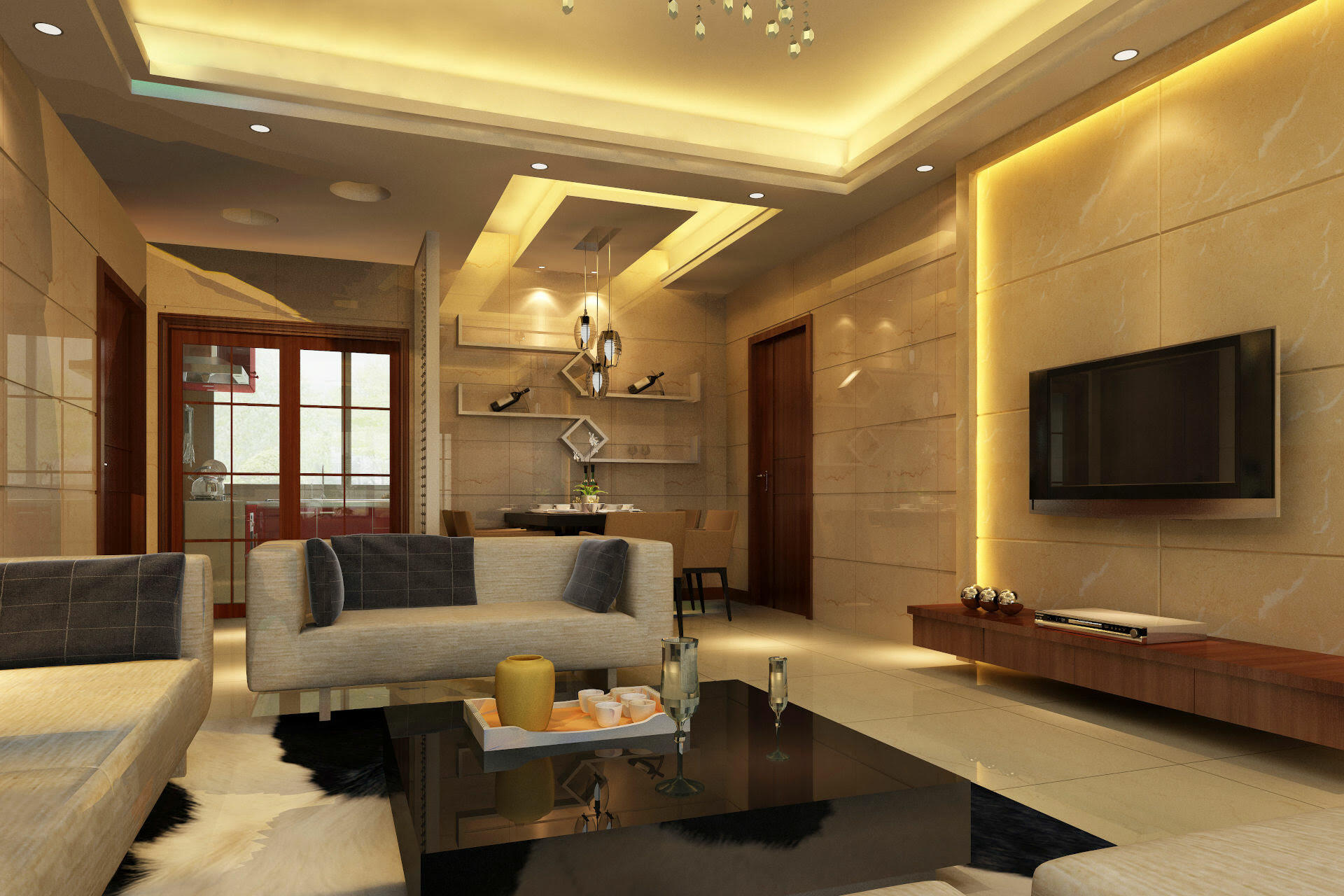
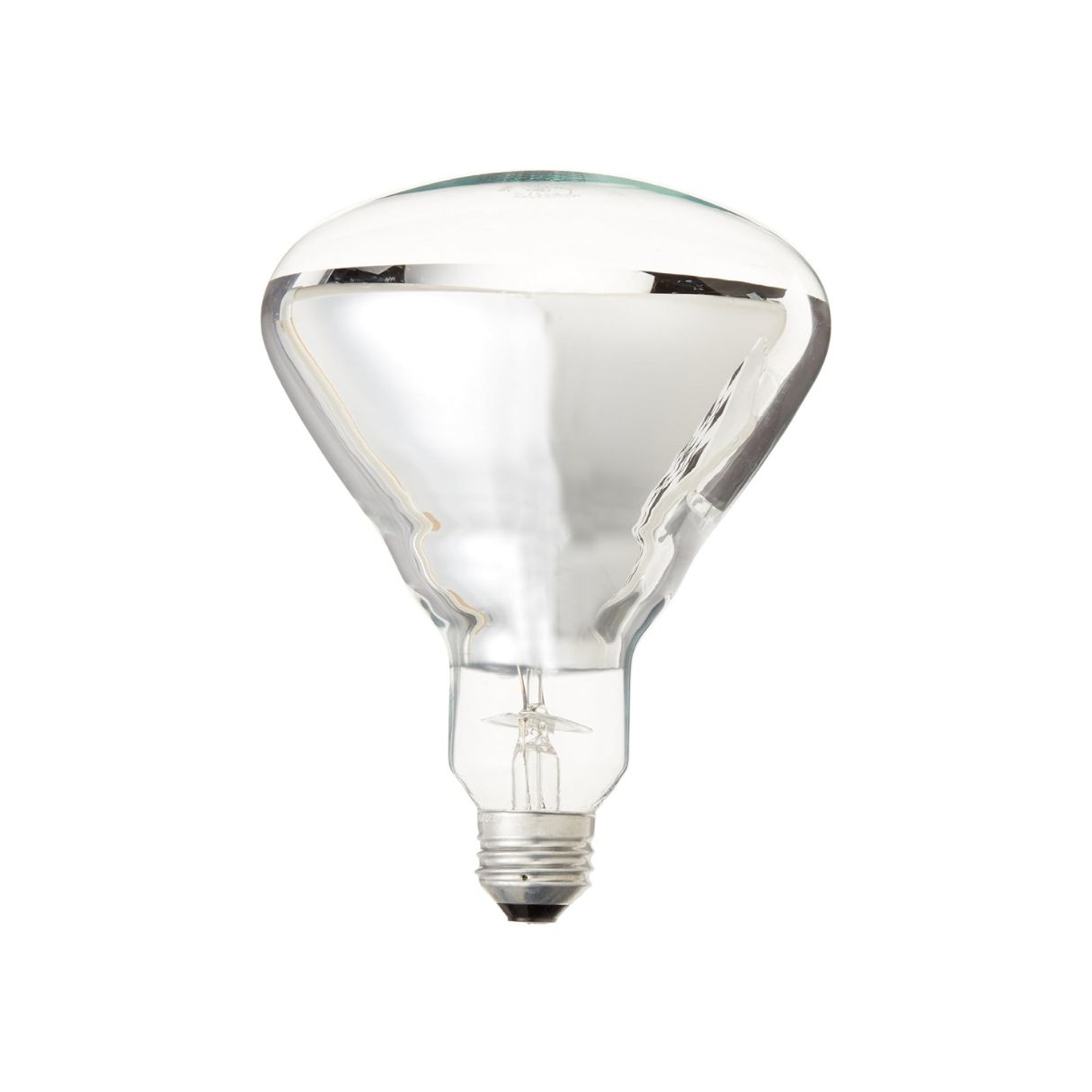
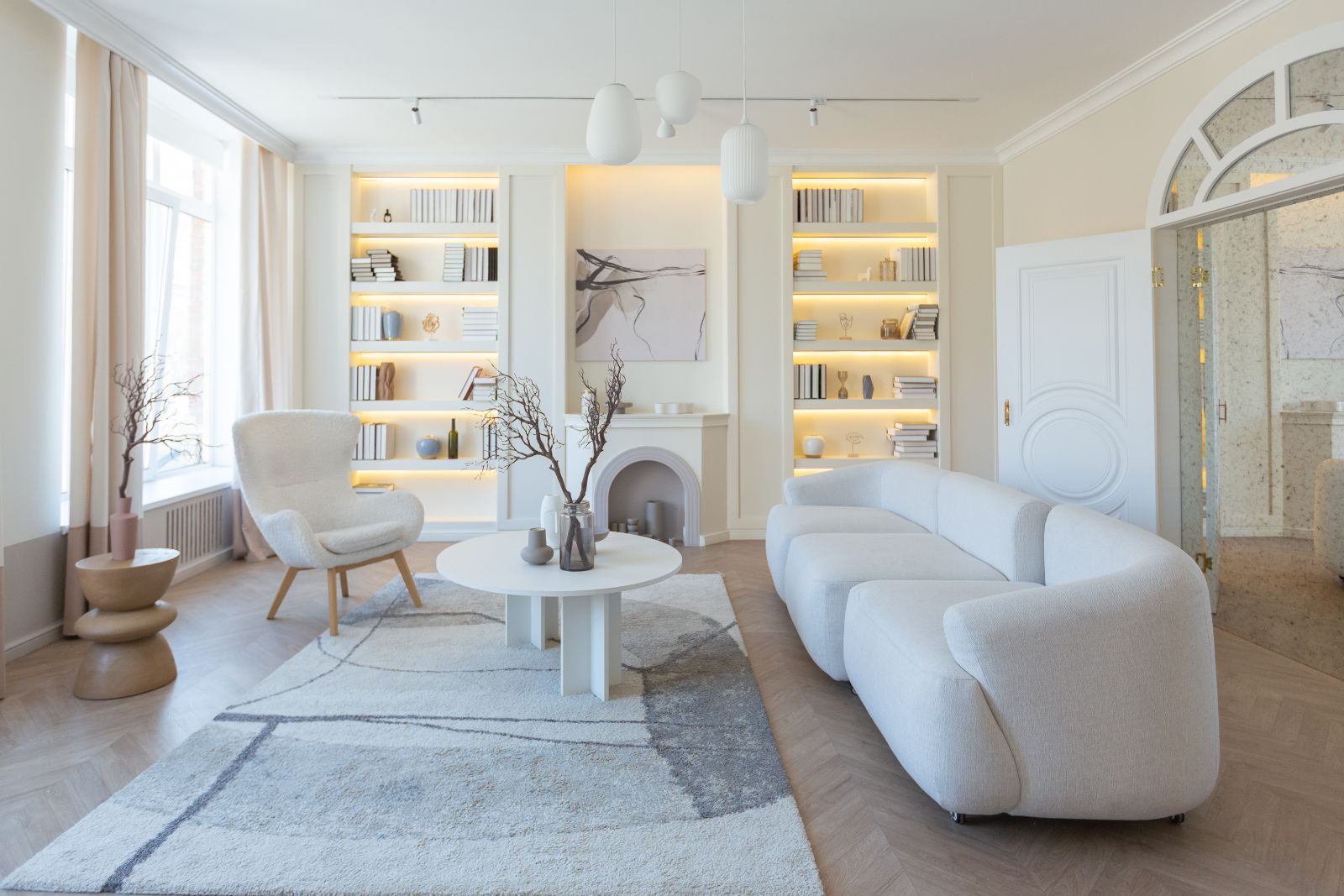
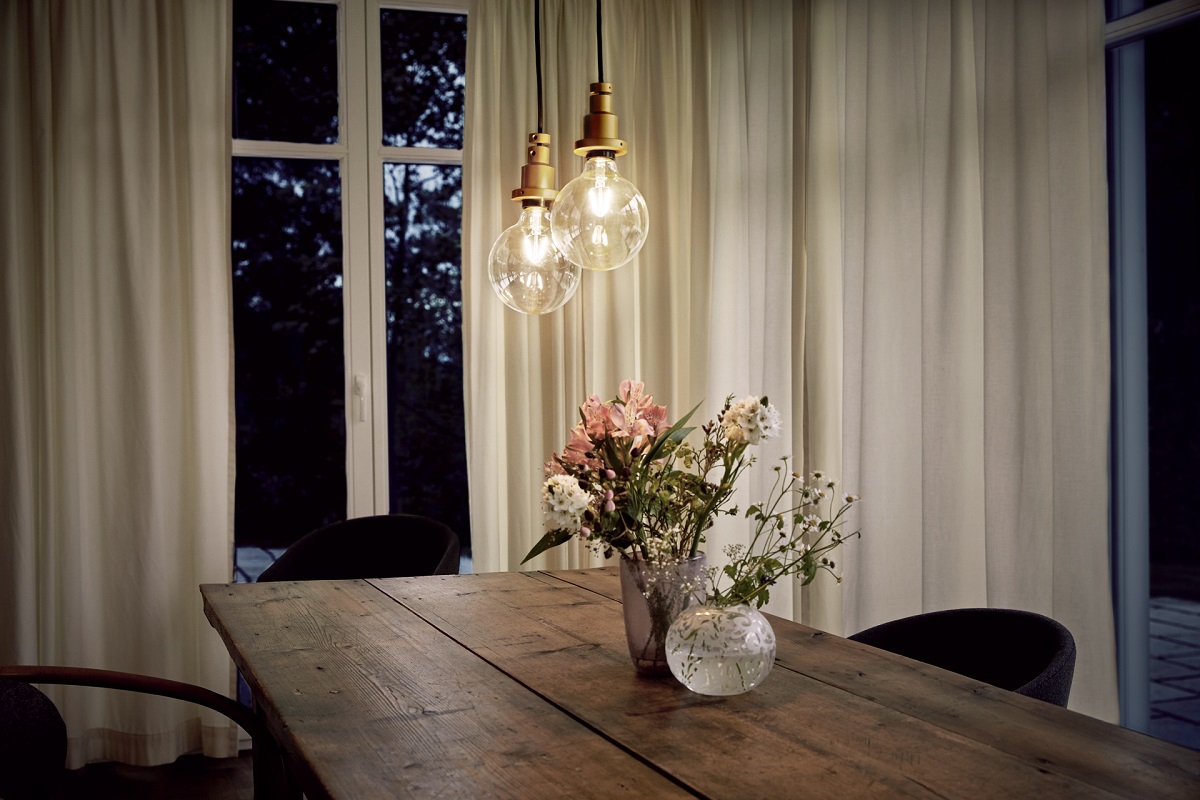
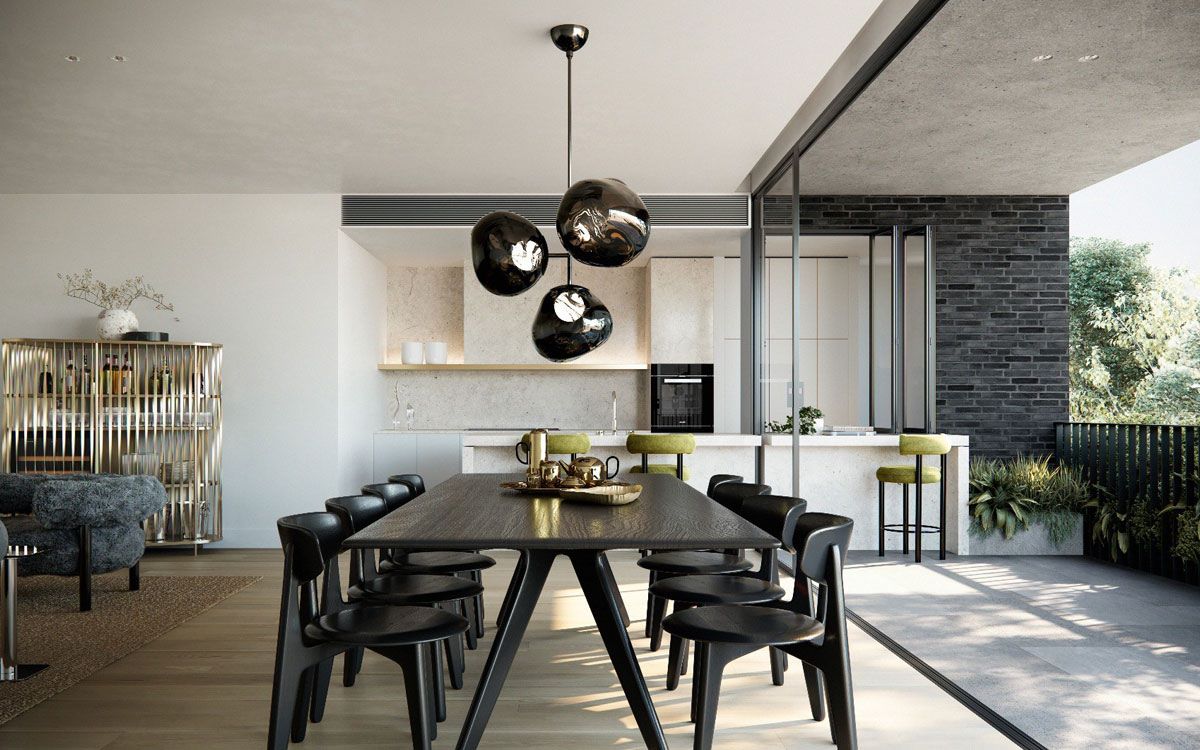
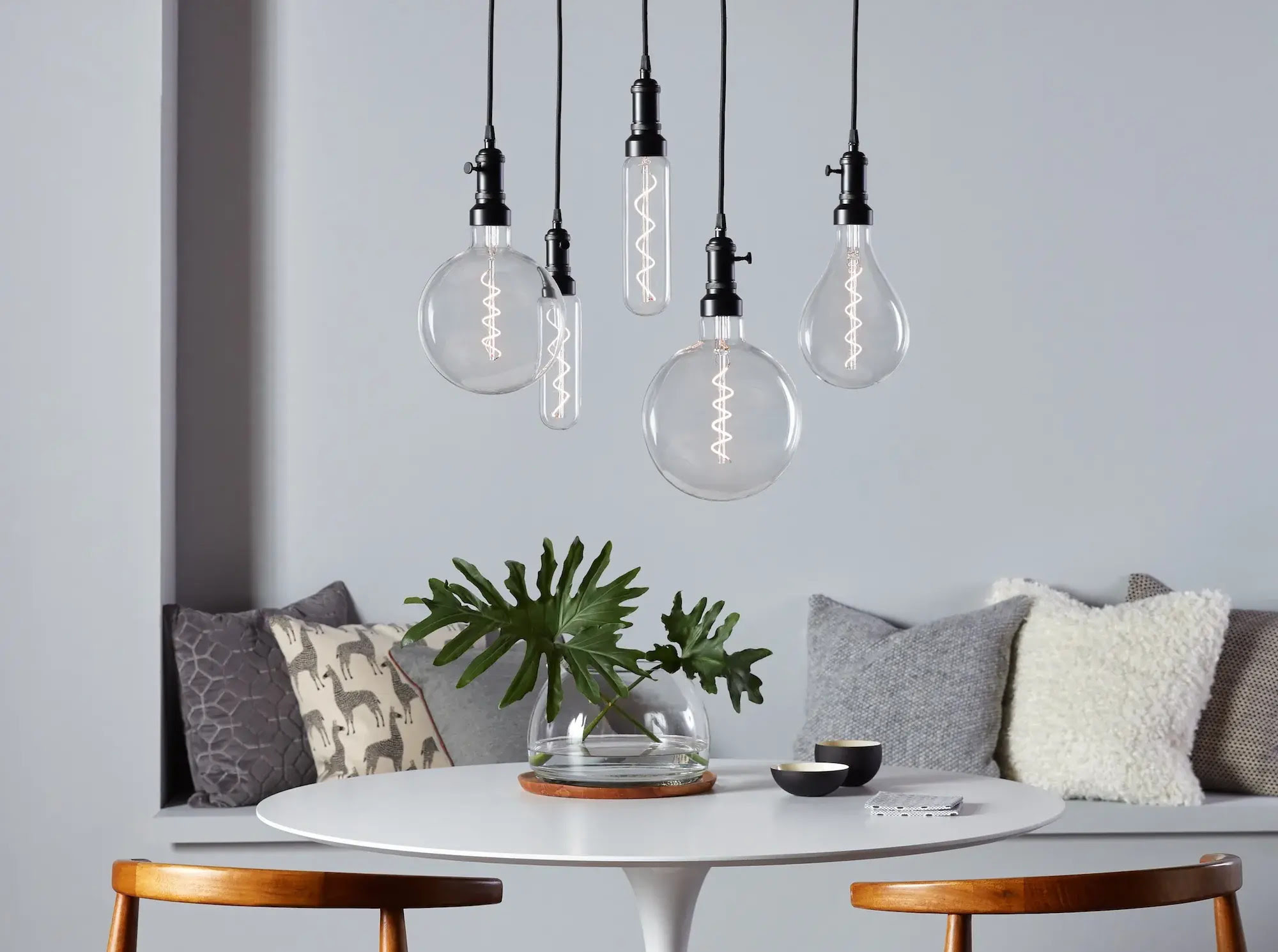
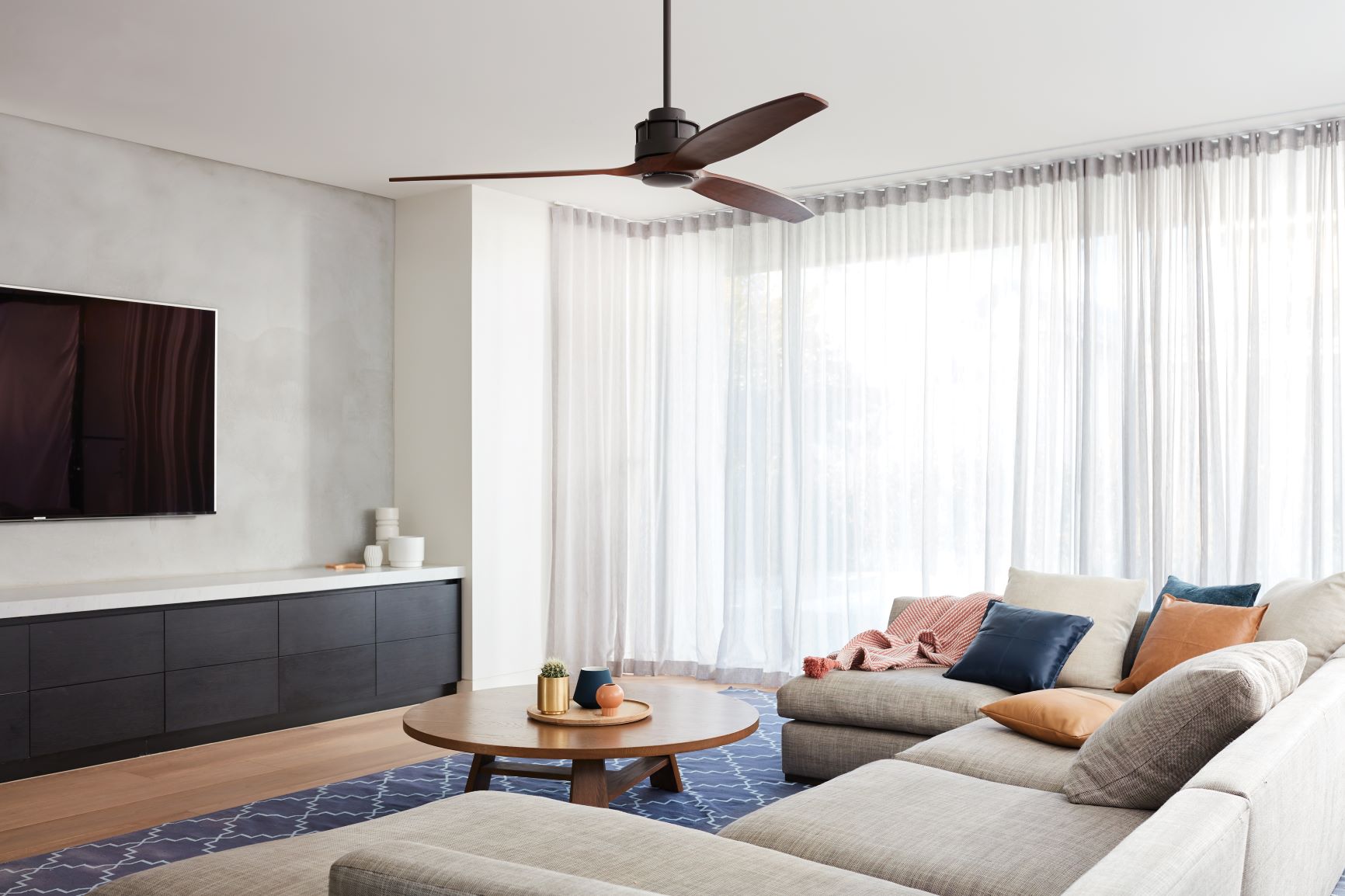
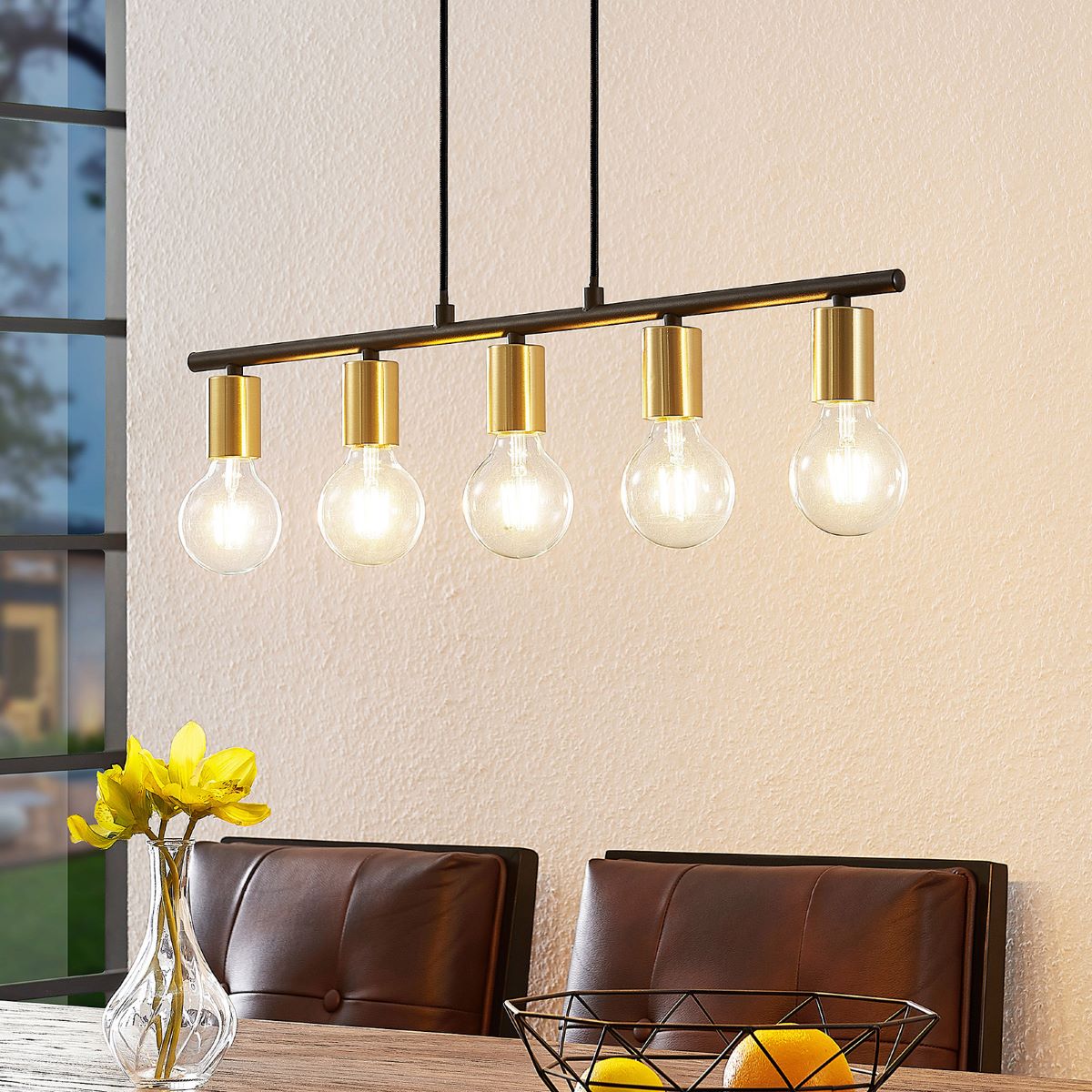
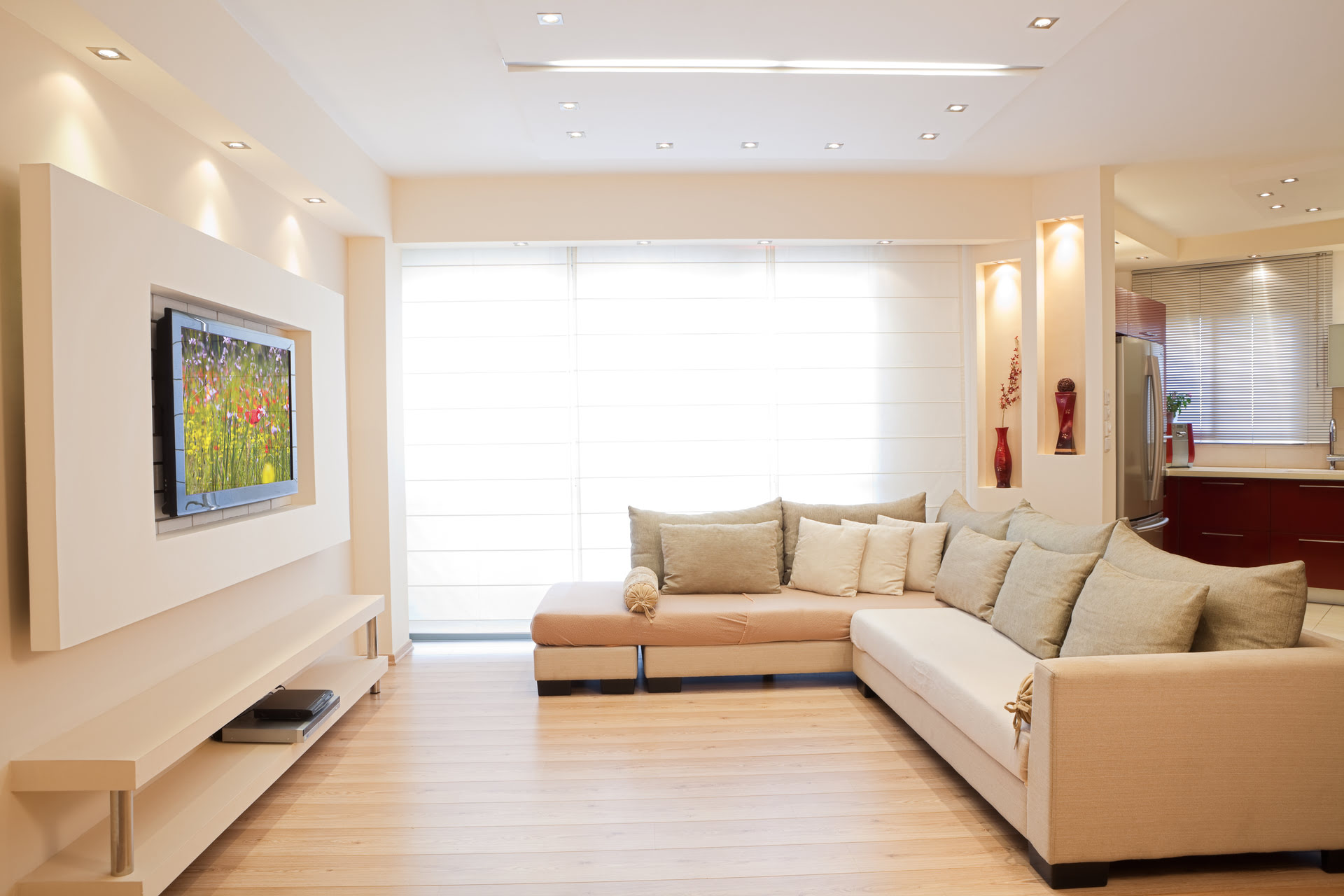
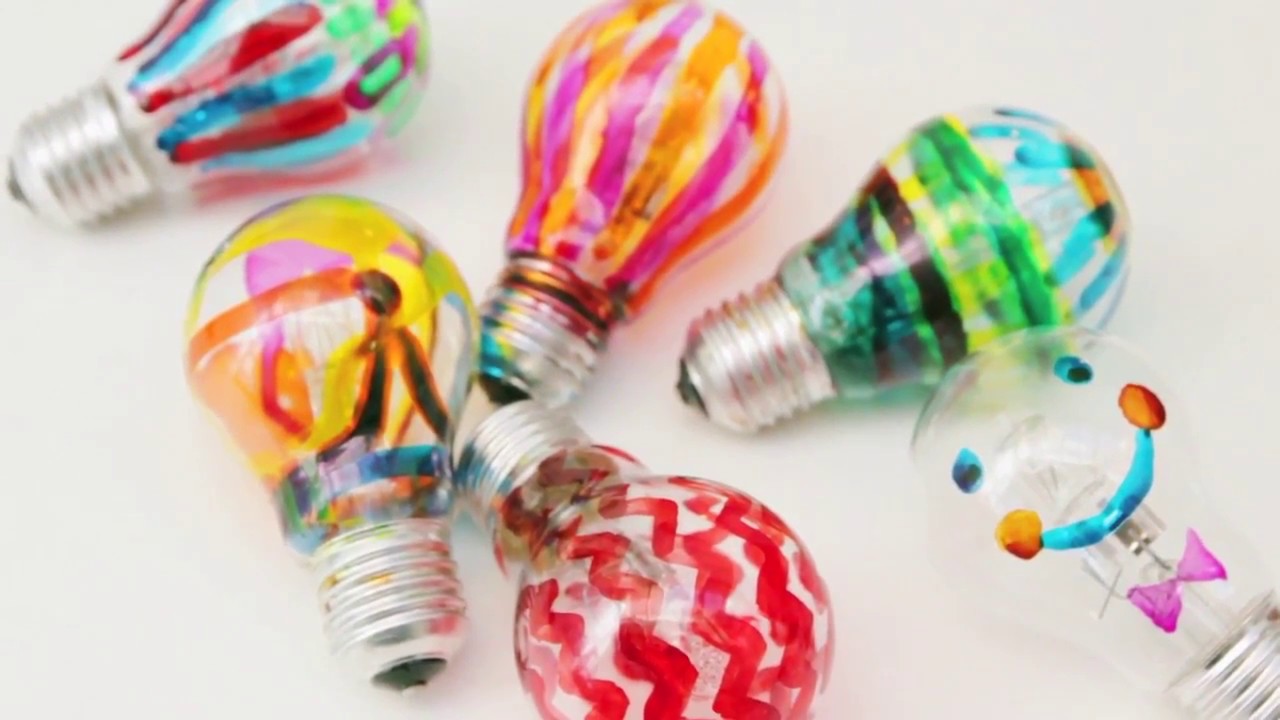
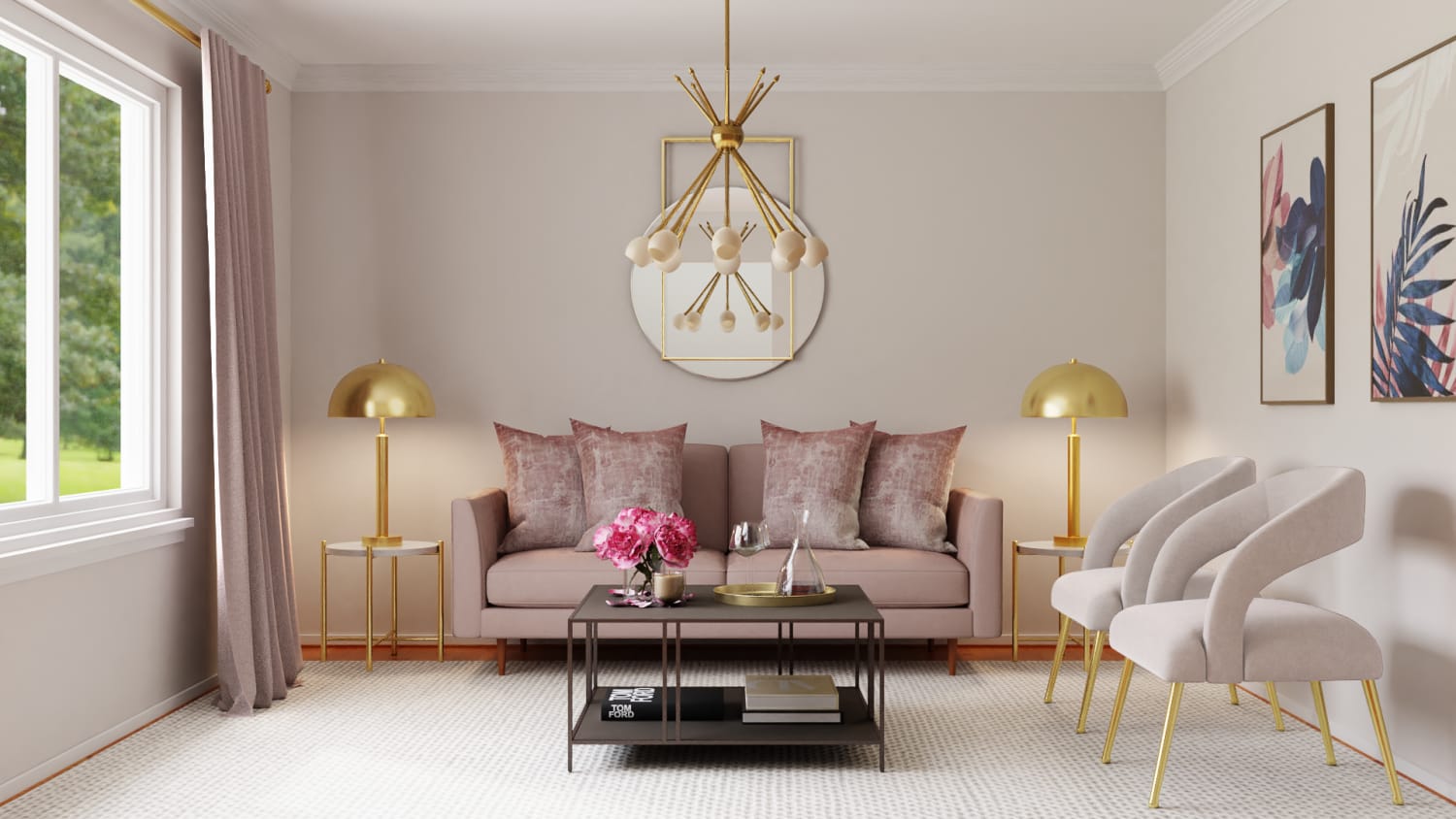
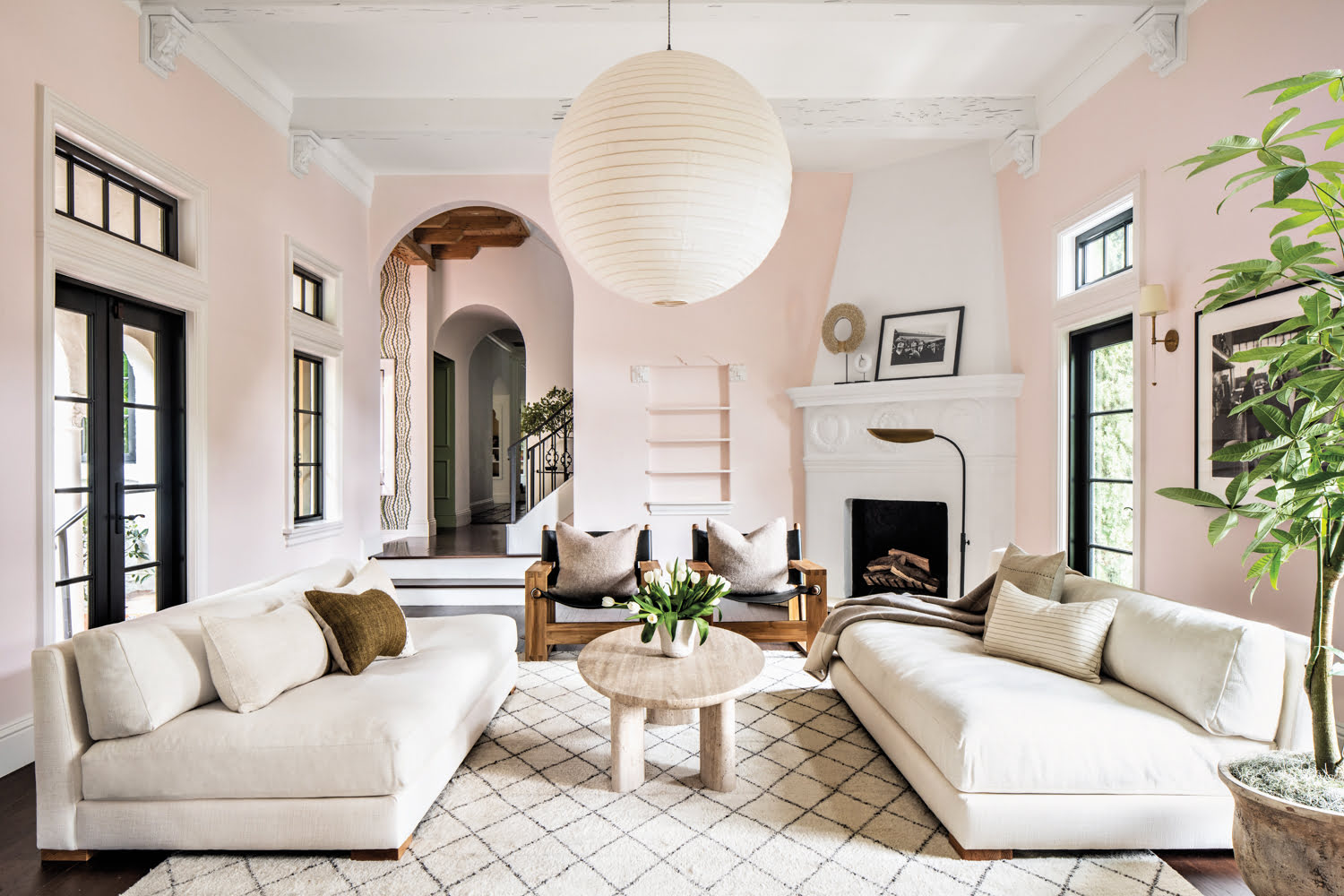
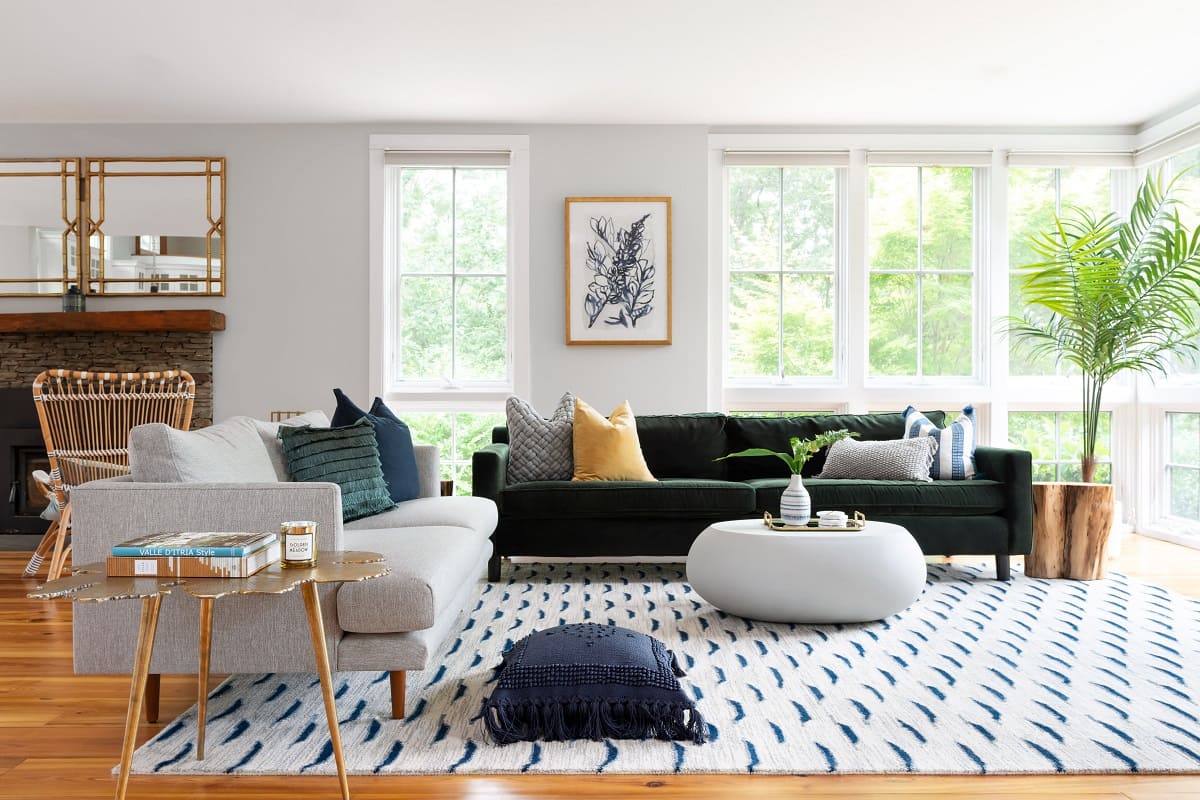
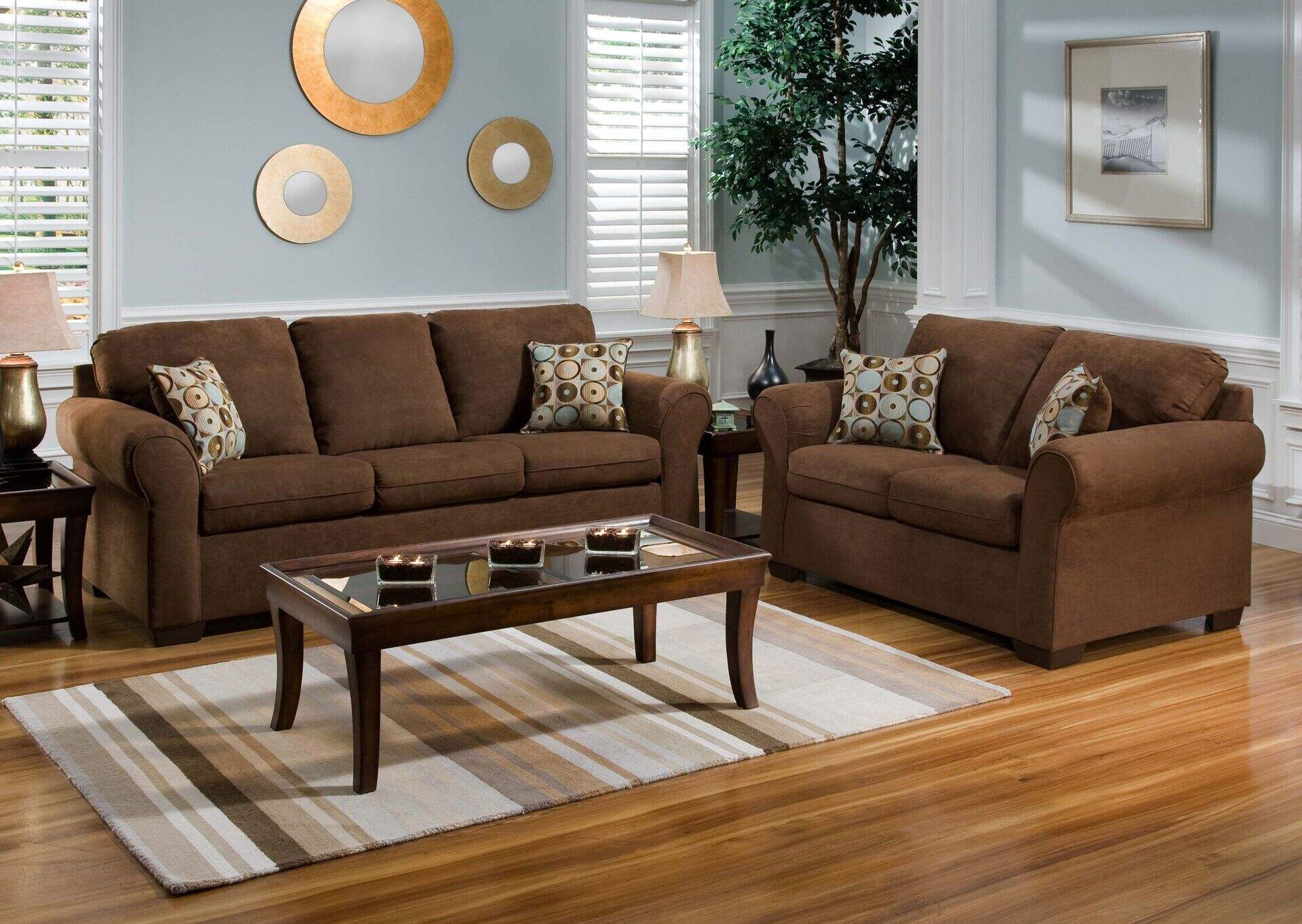

0 thoughts on “What Light Bulb Color Is Best For A Living Room”